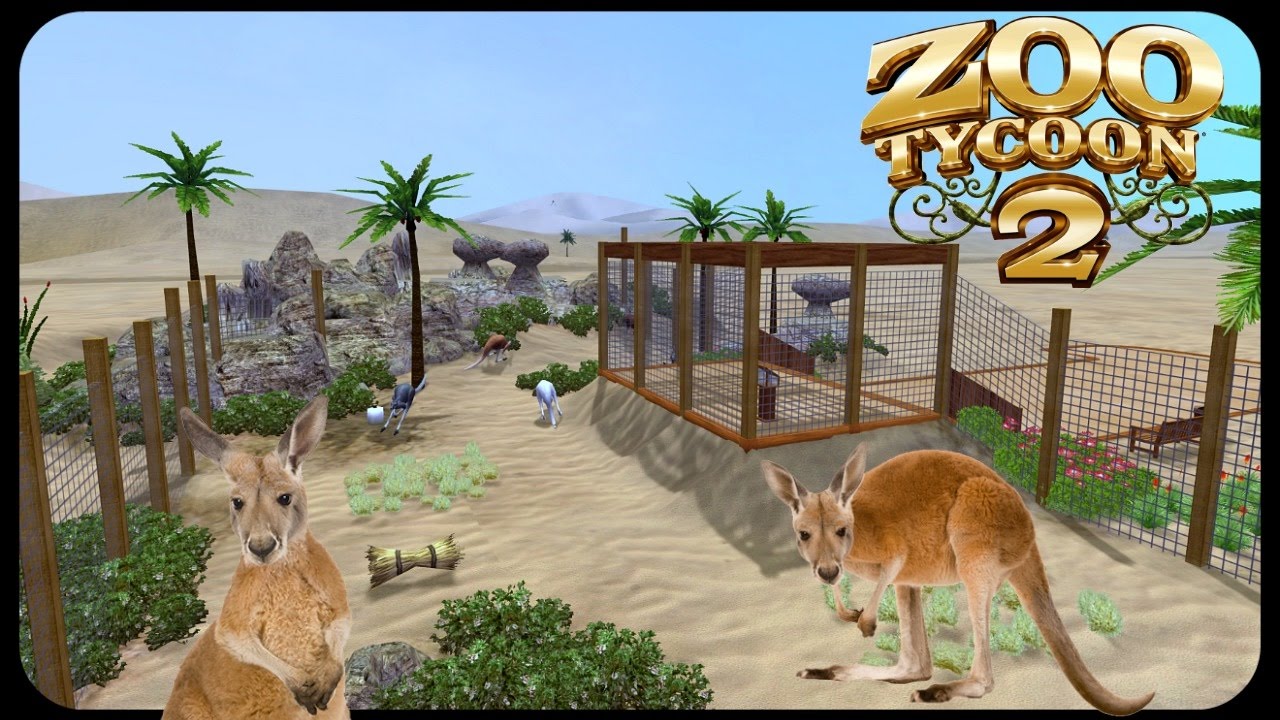Zoo Clean Up Mac OS
Zoo Clean Up Mac OS
The most convenient way for users to launch an application is by using Launchpad, the macOS utility that shows all the software currently installed on the Mac system. But the problem is, as the software installed on the Mac grows so do the number of Launchpad pages – and in this case you would probably appreciate knowing how to clean that up.
What Happens If Launchpad Is Clogged With App Icons?
Since apps occupy space on the startup disk, having tons of apps installed on it will result in a slow computer. Since macOS needs roughly 20% of the startup disk to be free to perform well, as soon as this threshold is hit users will notice various signs of computer slowdown: apps will bounce for longer in the Dock when launching, the Mac may overheat, and a task may take more time to finish than it did previously.
- How to clean up Mac with CleanMyMac X: Download CleanMyMac X (a link to a free edition of the app) Launch the program. Go to the Large and Old Files section on the menu. Review the details, select what to clean, and then click Clean. Remove old iOS backups. Having your files backed up is a wonderful thing.
- Clean Me is an open source cleaner for Mac that started as a personal project and gradually evolved into a compelling alternative to the best disk cleaners for Mac. It can clean everything from the Trash folder to downloaded mail attachments, document revisions, app, user, and system caches, spotlight indexing data, system logs, and more.
Download CleanMyMac X from MacPaw’s website and clean up to 500MB of junk data from your computer while enjoying all the features of the software without major limitations.
It can help macOS 10.15 users to securely and quickly clean up system junk, app junk, email junk, iTunes junk, trash bin junk, caches, useless logs, register files after upgrading to macOS Catalina. You can remove all junk data by only 1 click. Open the Zoom desktop application, then Select zoom.us at the top of your screen. You will then see a menu and at the bottom of the list, select Uninstall Zoom. A popup will open and you can click.
How to Clean up Launchpad
There are two ways to clean up Launchpad. This utility shows only the apps that are installed on the system but in some cases, if the software was uninstalled improperly, then users may also see an app icon with a question mark. That usually indicates software with some leftover files, and such icons will appear either in the Dock or the Launchpad.
The first and easiest way to clean up Launchpad is similar to the way users remove apps from iOS:
- Click and hold the icon until you see all the icons jiggle.
- Click on the “x” button in the upper-left of the icon you want to delete.
- Click “Delete” in the confirmation dialog.
If you don't see the “x” button, it's either because you are logged in as a standard user or because the software wasn't installed through the Mac App Store.
If the latter applies, then the second scenario kicks in: the only way users can make an icon disappear is by uninstalling the app from the Applications folder. In most cases dragging and dropping into the trashcan works, but there are apps like the Adobe Creative Suite or Microsoft Office that have their own uninstaller. Even so, the drag-and-drop method still allows for the software to leave traces behind, so it is wise to turn to a utility in order to truly achieve complete deletion.
Zoo Clean Up Mac Os Hard Drive
A wide variety of Mac optimization apps include the ‘Uninstaller’ feature, so if you want to completely remove third-party software, this is the best way to do so. Alternatively, you could use a free utility such as AppCleaner.
Removing the app from the Applications folder will then remove its icon from Launchpad.

Rebuild the Launchpad Database
Sometimes users may encounter errors while launching an app that say macOS can't open the software because it may be damaged or incomplete. In this case, removing it from the Applications folder isn't an option because the system can't find the software in the first place, and the only way to address this issue is to rebuild the Launchpad database following the steps below on Macs running OS X 10.10 Yosemite or later:
- Open Finder, and access the Library folder.
- Open the Applications Support folder, and then locate and open the Dock folder.
- Here you'll find a number of files, including one called desktoppicture.db and others, with a dashed set of letters and numbers with the “extension db”. If you don’t, that’s not a problem. Leave the desktop picture.db file intact and move the files with the dashed letters or numbers into the trash.
- Launch Terminal, then copy and paste the following command:
defaults write com.apple.dock ResetLaunchPad -bool true - Next, enter the following command: “killall Dock” and press return.
At this point the Launchpad database has been reset. Next time you open Launchpad, it will take a while for the app icons to appear. What you'll see is the default organization of the app icons, meaning that Apple apps will appear on the first page and third-party apps on the following pages. These icons can then be moved at will to customize Launchpad's look.
Best Mac Optimization Software of 2021
Zoo Clean Up Mac Os 11
| Rank | Company | Info | Visit |
| |||
| |||
|
Get the Best Deals on Mac Optimization Software

Zoo Clean Up Mac Os Disk
Stay up to date on the latest tech news and discounts on Mac optimization software with our monthly newsletter.
Zoo Clean Up Mac OS
